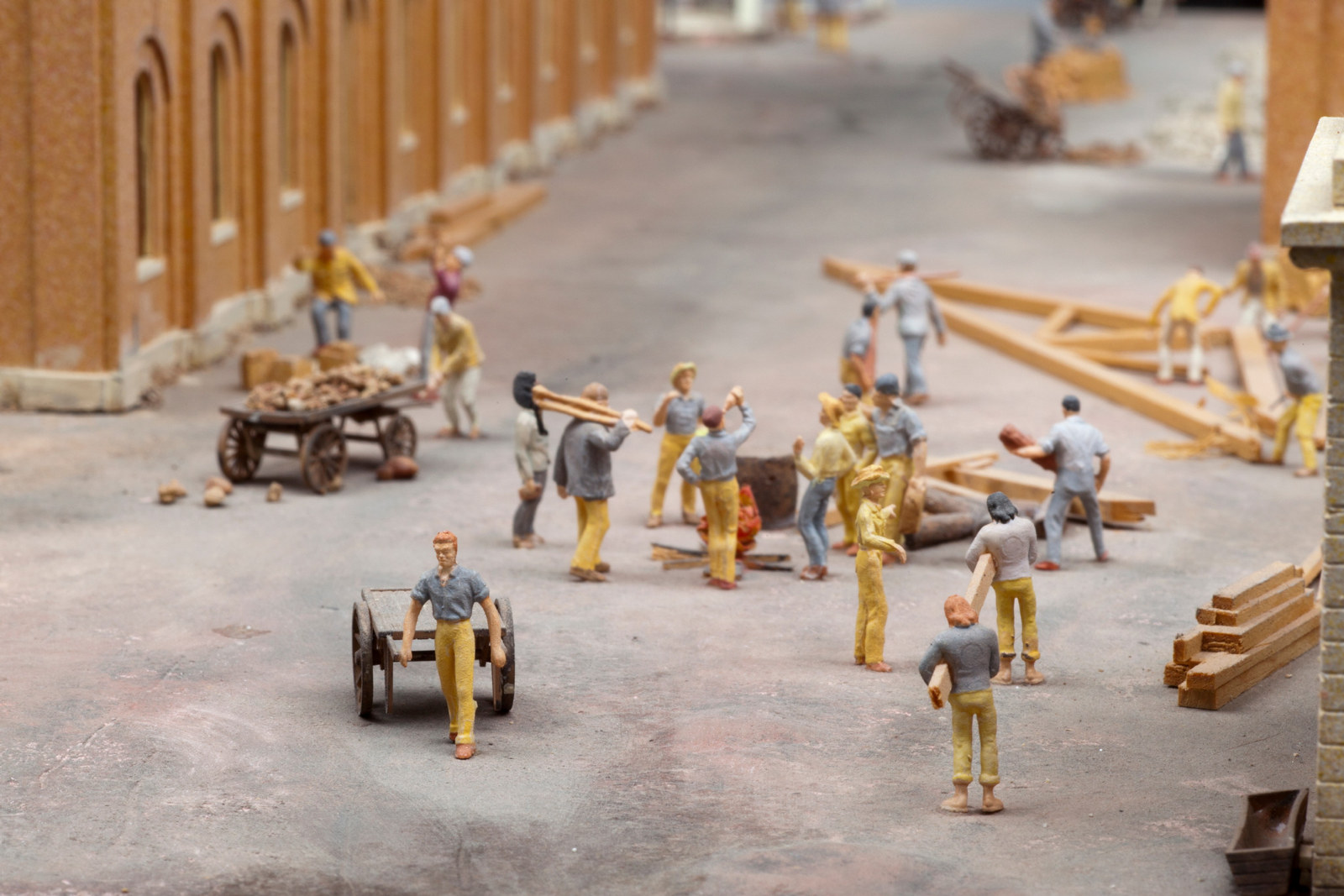Absolute pardon
John Onion, 1830
It must have been a proud moment for John Onion when he received this absolute pardon document in 1835. An iron smelter by trade, Onion was one of a group of convicts transported for the Pentrich rebellion in Derbyshire in 1817, in which a group of industrial workers in England’s midlands staged a mass protest against unemployment and pay cuts due in part to the introduction of machine technology. Some were hanged, but 49-year-old Onion was sentenced to transportation for life, and arrived in Sydney in 1818, just as the Hyde Park Barracks was being built.
An absolute pardon could be granted at any time to a convict on a life sentence. It declared a convict’s sentence finished and restored their legal rights to those of a free citizen. Unlike a conditional pardon, which restricted the convict to stay in the colony, an absolute pardon allowed the convict to return to their homeland.
Search pardons in the convict index

Convicts index 1791-1873
140,000+ entries of certificates of freedom, bank accounts, deaths, exemptions from Government Labor, pardons, tickets of leave & tickets of leave passports
More artefacts
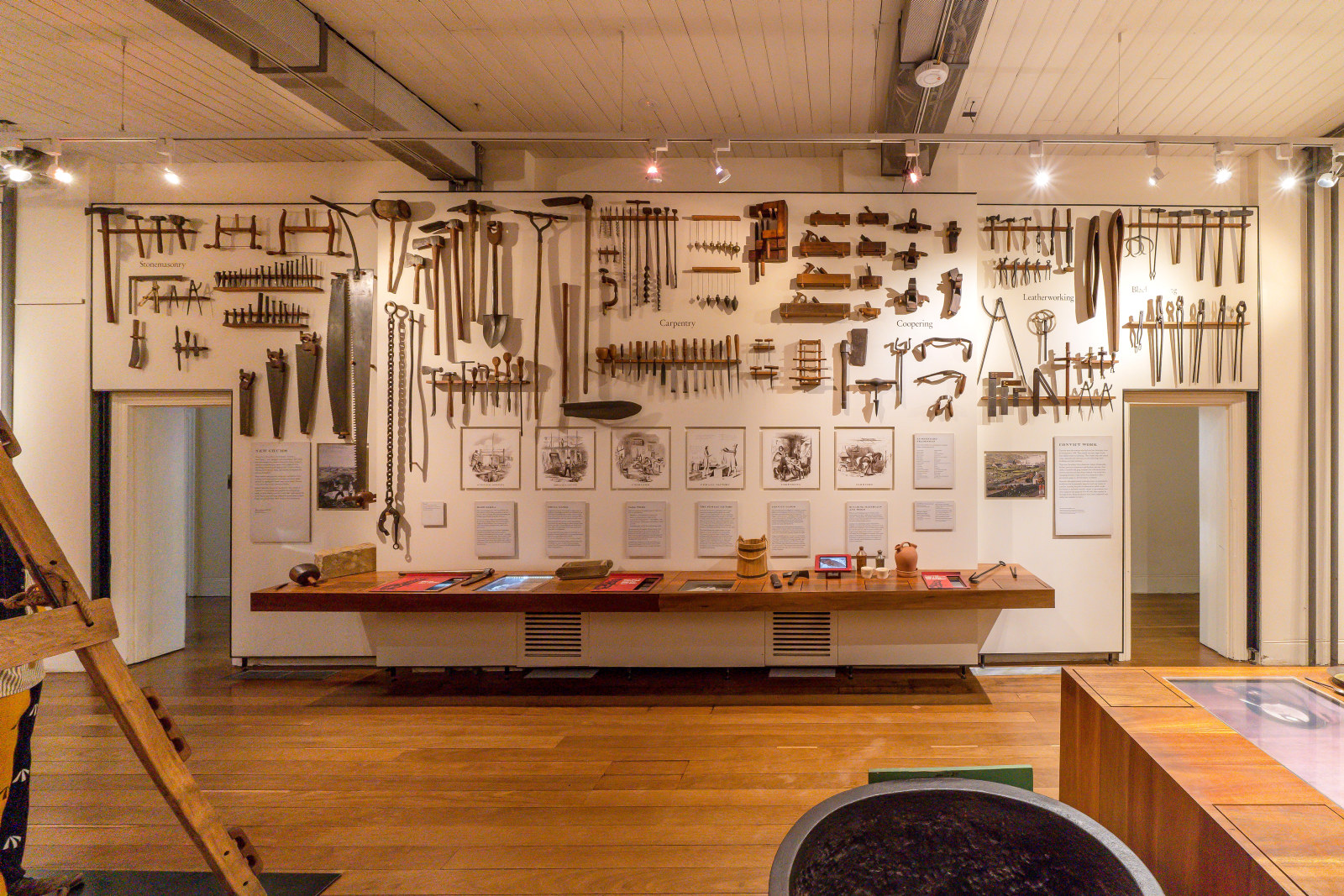
Convict Sydney
Objects
These convict-era objects and archaeological artefacts found at the Hyde Park Barracks and The Mint (Rum Hospital) are among the rarest and most personal artefacts to have survived from Australia’s early convict period
Published on
Convict Sydney
Browse all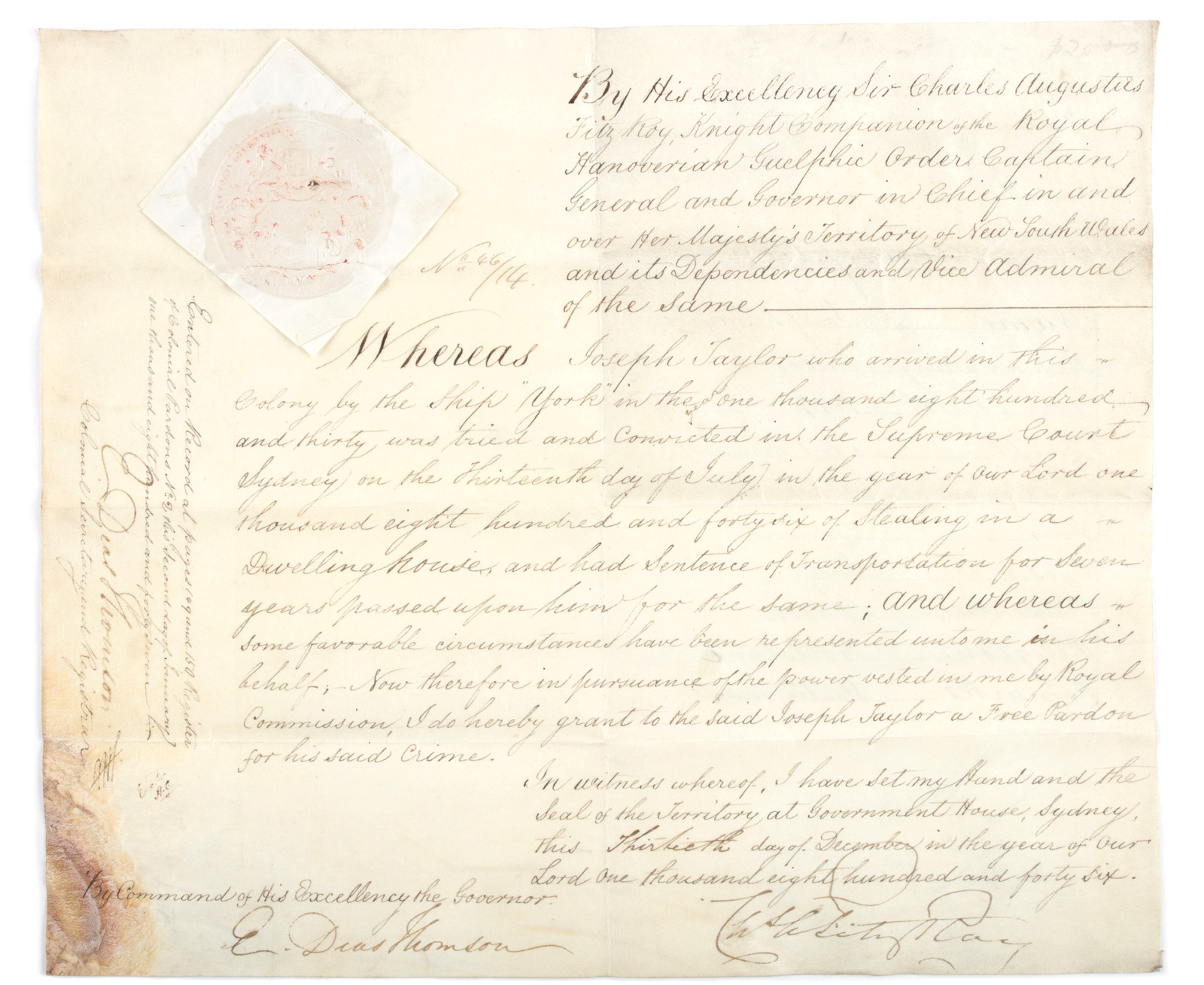
Convict Sydney
Free pardon
Drawn up at Government House, Sydney, on 30 December 1846, and signed and sealed by Governor Charles Fitzroy, this document granted a free pardon to convict Joseph Taylor
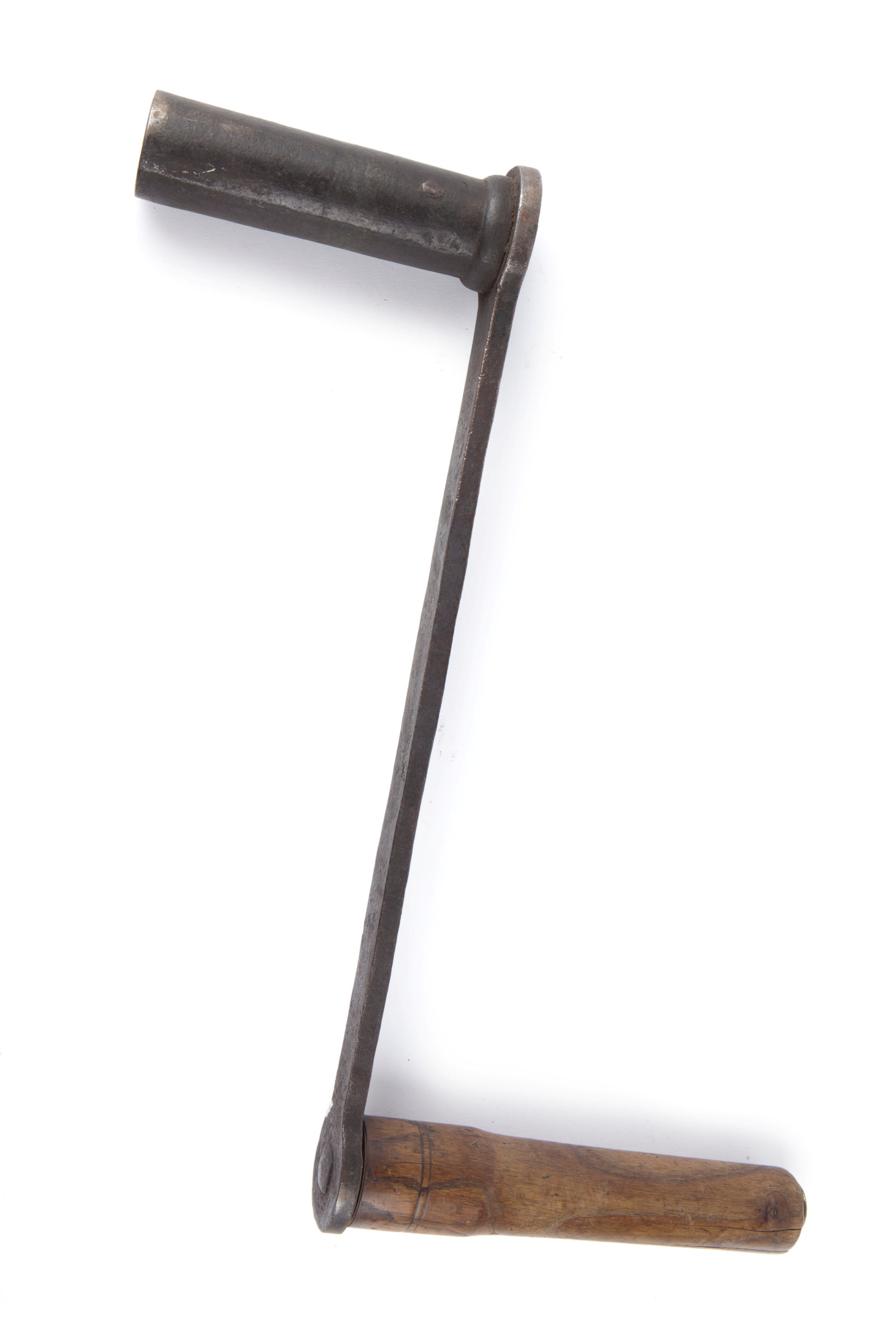
Convict Sydney
Clock-winding crank
This sturdy crank was used for many years to wind the Hyde Park Barracks clock
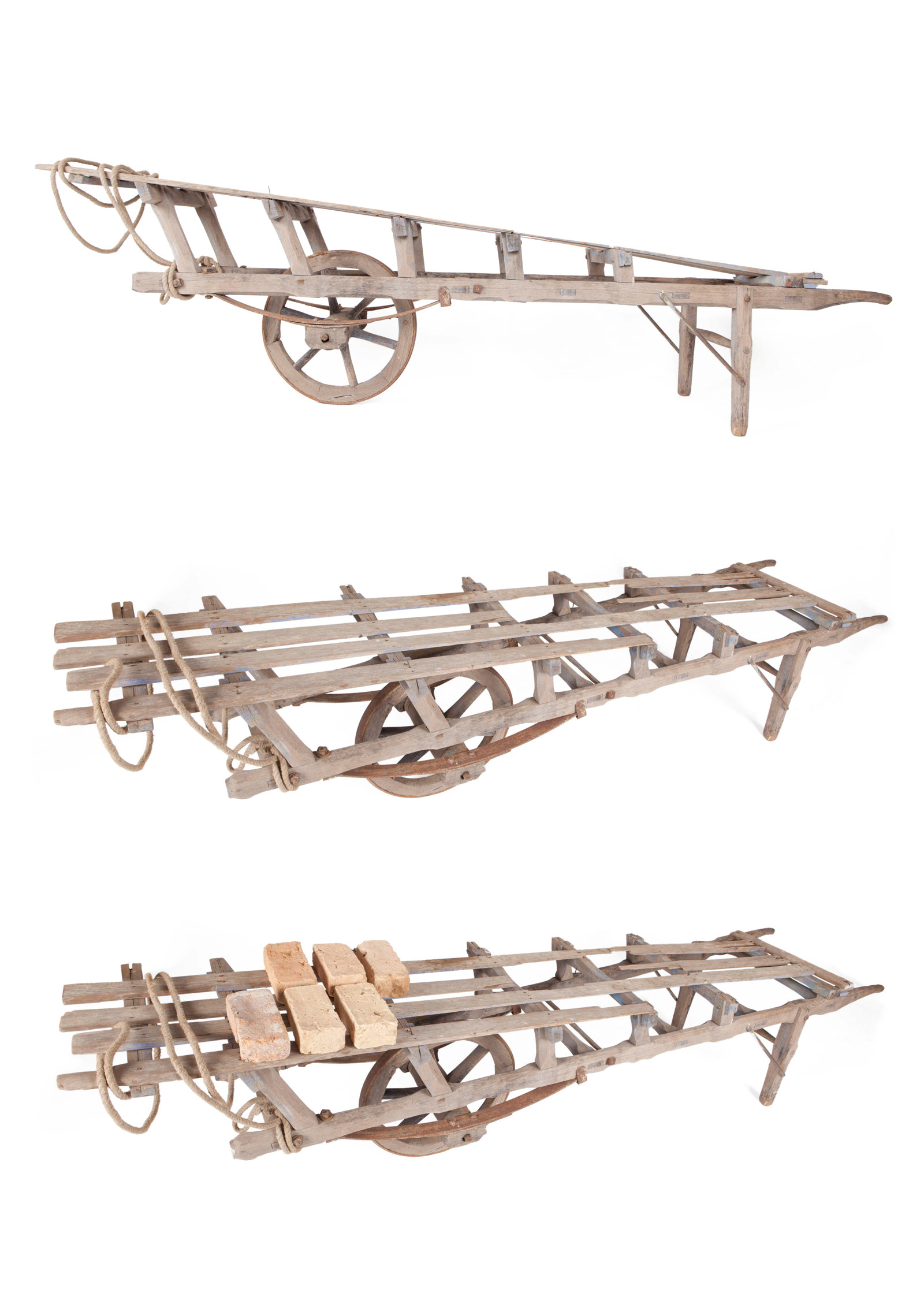
Convict Sydney
Hack barrow
Convict brickmakers working at the Brickfields (now Haymarket) used hack barrows like this one, stacking 20 or 30 wet bricks on the timber palings along the top, for transporting them from the moulding table to the ‘hack’ yard for drying
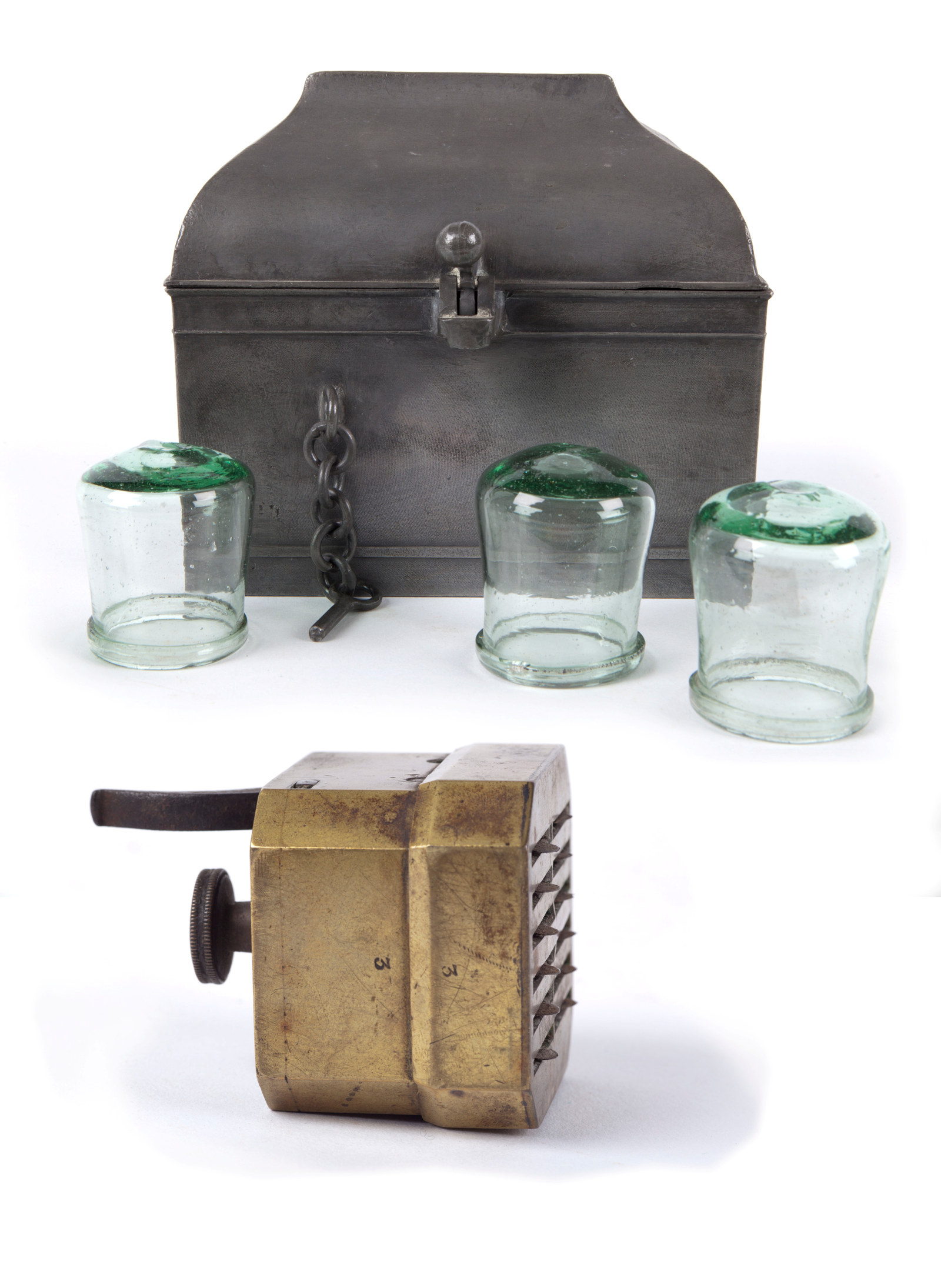
Convict Sydney
Cupping glasses and scarificator
These cupping glasses are of the type that was used in the treatment of convict patients at the General ‘Rum’ Hospital

Convict Sydney
Certificate of Freedom
Certificates of Freedom had to be carried at all times and shown to the appropriate authorities on demand
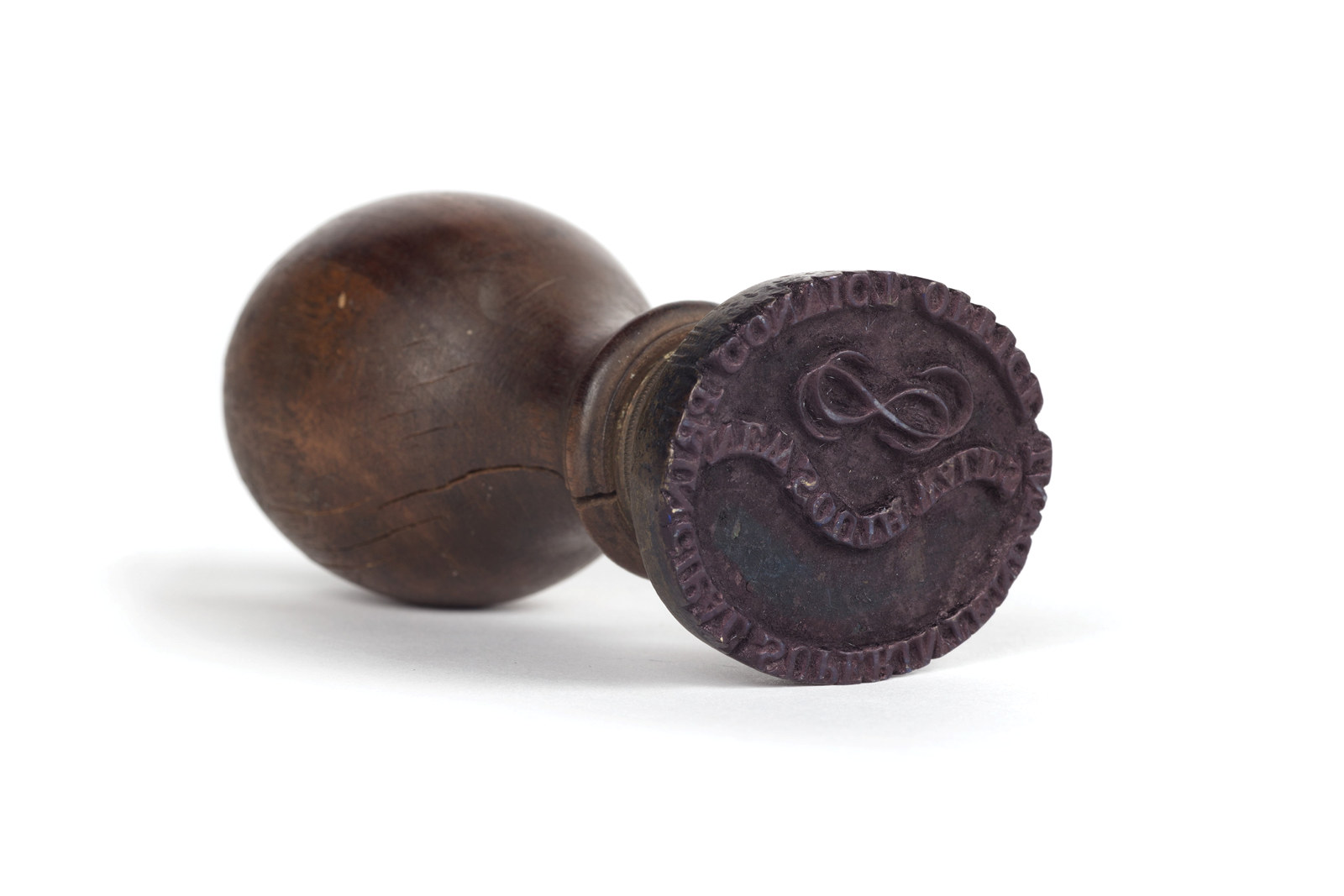
Convict Sydney
Brass stamp
Between 1830 and 1848, the superintendent’s office operated from the Hyde Park Barracks, where this stamp was most likely used on official documents and ledgers
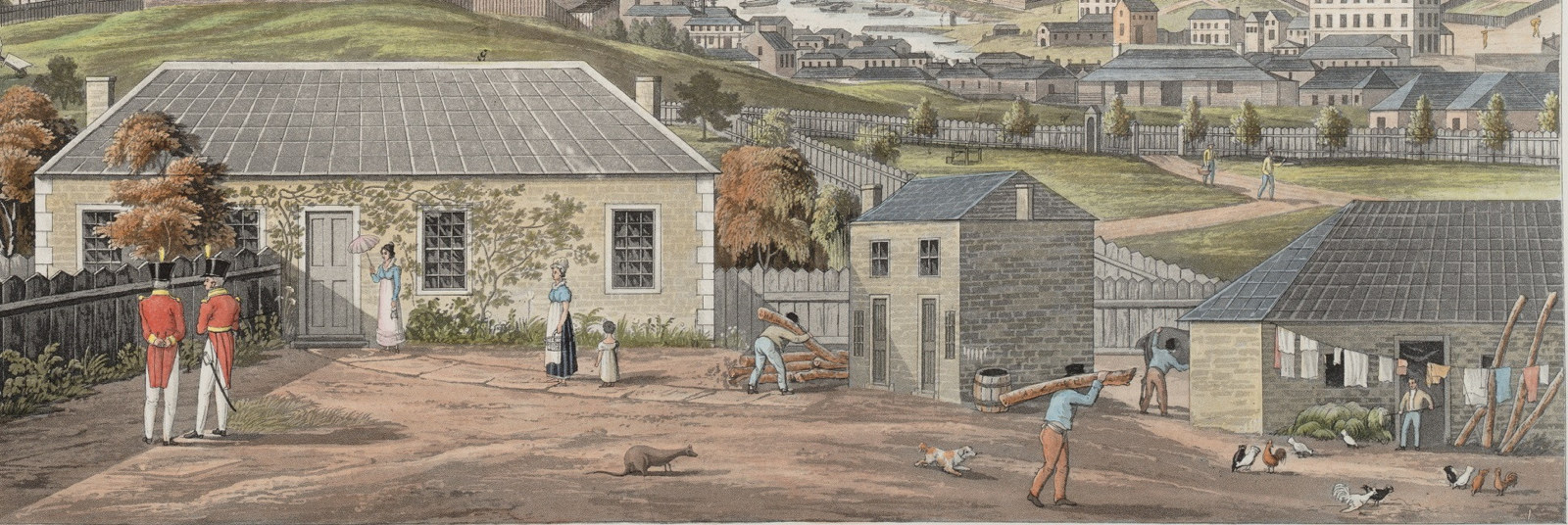
Convict Sydney
What was convict assignment?
‘Assignment’ meant that a convict worked for a private landowner
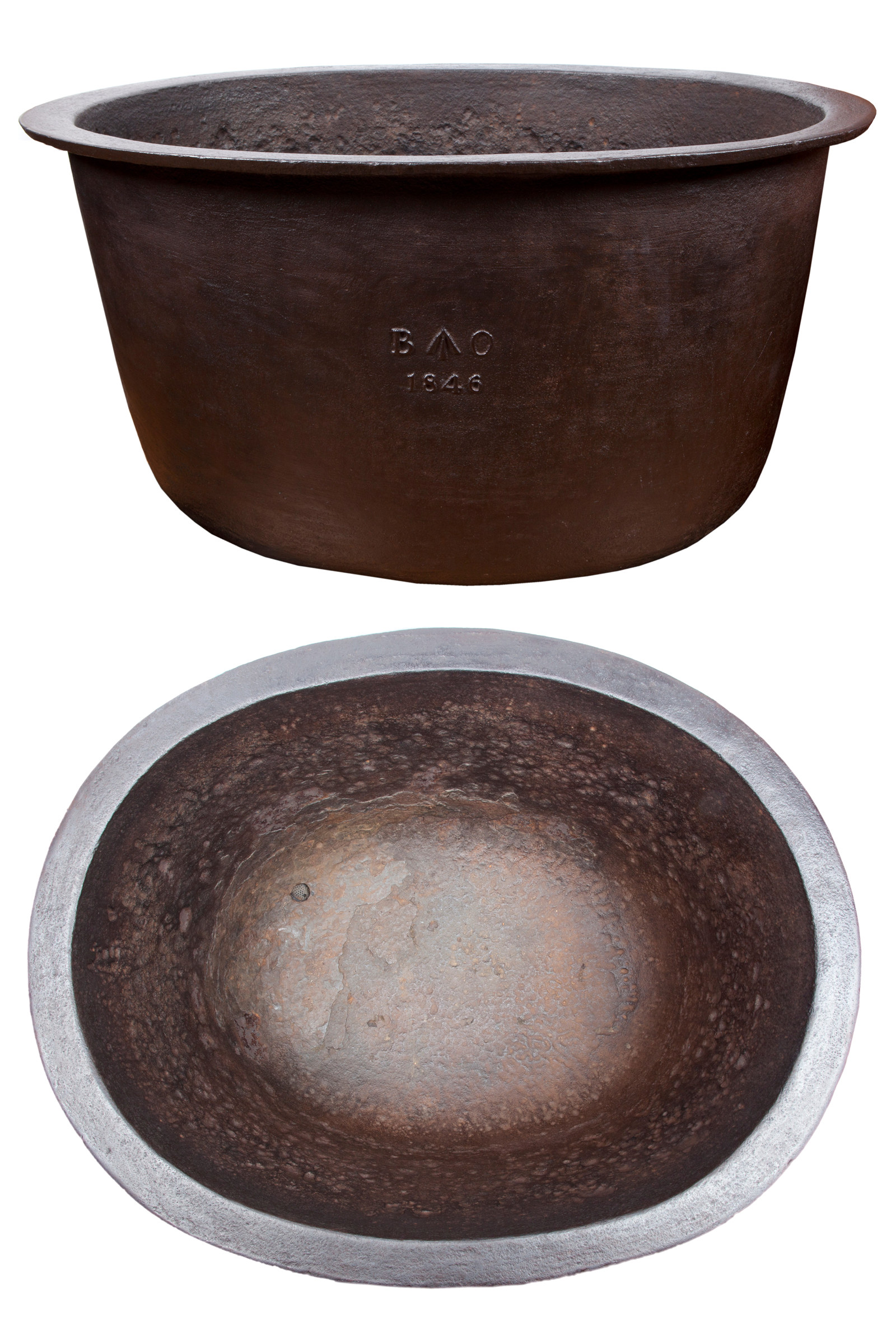
Convict Sydney
Cooking cauldron
The watery stew eaten by convicts at the Hyde Park Barracks was boiled in giant communal cast-iron pots
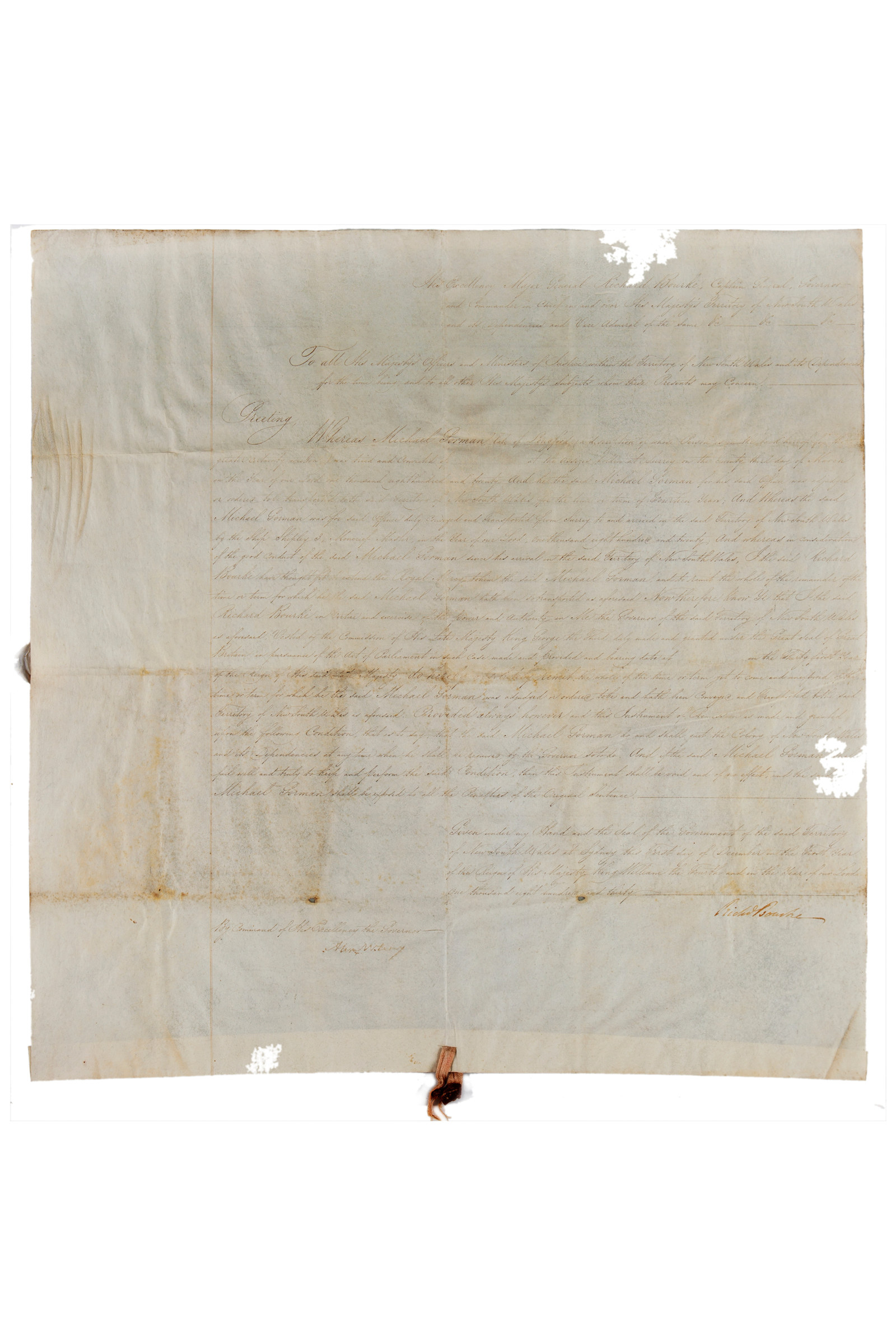
Convict Sydney
Absolute pardon
Convict constable Michael Gorman earned this absolute pardon in 1830/1832, for his service in the capture of the notorious bushranger John Donohoe
